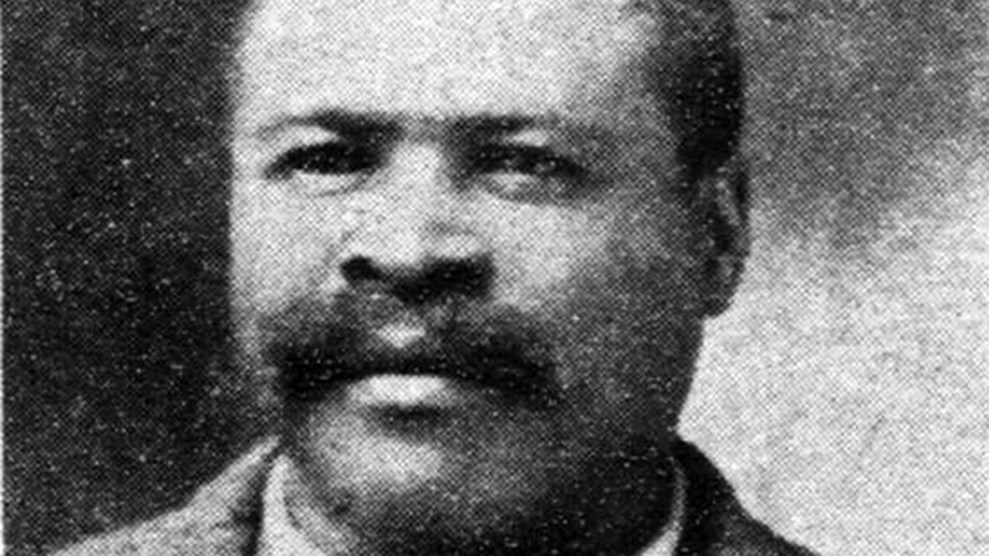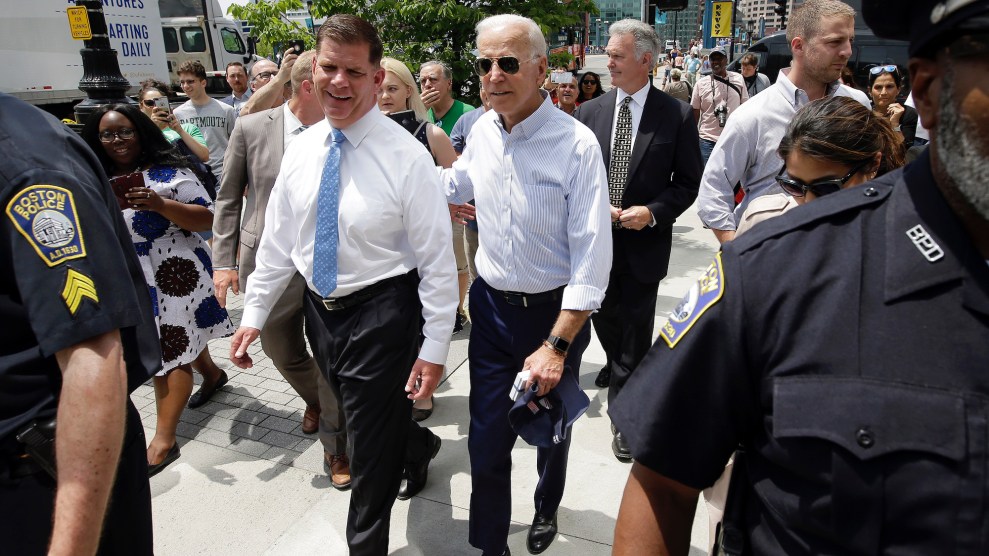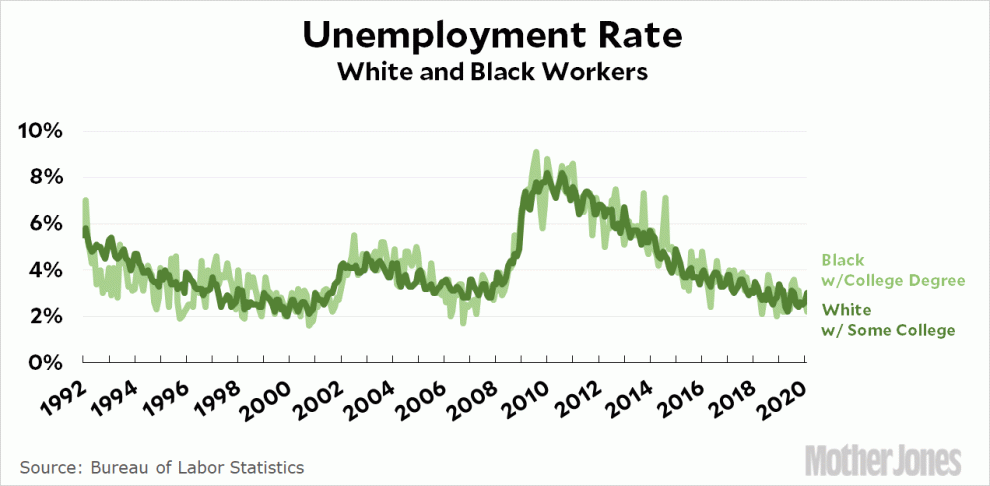
James E. Shepperson was pictured in the Seattle Republican, a now-defunct Black newspaper, on Oct. 26, 1900.
This story was originally published by High Country News and is reproduced here as part of the Climate Desk collaboration.
Today, the sage and sandstone of Wyoming’s vast Red Desert show little evidence of the coal-mining town of Dana, which once stood about 150 miles west of Cheyenne. No photos of Dana have ever been found, but in 1890 it probably looked much like southwestern Wyoming’s other Union Pacific Coal Company towns: a few boardinghouses, a company-contracted general store and just enough basic amenities to keep the town functioning. The main feature likely would have been the tipple, where coal was processed. Though largely forgotten, Dana was once home to a significant population of Black miners, originally recruited by a well-known Washington state politician and community leader, James E. Shepperson.
In 1890, the UPCC hired Shepperson to recruit the first Black miners specifically enlisted to work in the company’s Wyoming mines. He was a Black man who had migrated from Virginia to Roslyn, Washington, where he led the charge to bring more Black citizens to town. Working for the Northern Pacific Railway, he brought roughly 300 miners to Roslyn, where they forged a strong community. Shepperson had made a name for himself as a successful recruiter of Black miners, and so the UPCC hired him to bring workers to Dana. In early February 1890, about 200 Black miners from the Ohio area, accompanied by their families, stepped off a train in Dana — completely unaware that the company wanted to use them as strikebreakers.
Recruiting laborers for the coal mines and fighting labor organizers were nothing new for the UPCC. As coal production grew in the late 1800s, company officials, like all good industrialists, focused on profits. They did this by hiring laborers from impoverished areas, primarily in Europe and Asia — people they could entice with tenuous promises of riches, land or at least opportunity.
These recruitment practices inadvertently created some of the most ethnically diverse communities in the region. In the early days, the company, which owned and assigned all worker housing, routinely integrated neighborhoods. The thinking went that if members of a specific ethnic group were not housed together, they would be less likely to form unions. There were exceptions to this company rule: Native Americans weren’t sought out at all, and company bosses saw Chinese, Japanese and Korean workers as simply too different from other groups to integrate. Though the fight for workers’ rights went on for decades, in the long run, the company’s tactics failed, as unions such as the Knights of Labor became ever more integrated and influential.
In a time of intense labor disputes, strikebreakers were met with scorn and sometimes violence, particularly when they were members of an already disparaged ethnic group. Moreover, according to newspaper accounts, the Black miners in Dana were union men themselves. Because of this, they refused to “usurp striking brothers,” the white miners they were brought in to replace. By this time, the whole affair was making headlines, and the company needed a cover story. So, whether through miscommunication, deliberate misrepresentation or outright company duplicity, Shepperson became an easy scapegoat.
The role of Black residents in the story of these early coal towns has often been skewed or forgotten altogether.
Most of Shepperson’s recruits stayed on at the Dana mine after their insistence on a fair wage helped influence legislation regulating how coal was weighed — and thus how much miners were paid — effectively ending the strike. As for the town of Dana, it was one of only two Wyoming communities to ever have a majority Black population. But it was short-lived. In 1891, due to the inferior quality of its coal, the UPCC closed the mine, and many of Dana’s Black miners moved to nearby Wyoming coal towns. By the 1920s, places like Rock Springs and Hanna had thriving Black communities. When coal production decreased in the 1940s and 1950s, many of their descendants left for areas that offered more opportunity, such as Denver. As a result, the role of Black residents in the story of these early coal towns has often been skewed or forgotten altogether.
One night soon after he arrived, Shepperson found himself in a dark, freezing barn, hiding from his own recruits: Company officials had told the newspapers that Shepperson was solely to blame for misleading the Black miners about their status as strikebreakers. He was threatened, detained and questioned, but the details of that night are lost. Somehow, however, Shepperson escaped, and resumed his life in Washington, where he was known as an honest man who worked to strengthen the Black community in Roslyn. Among his many other accomplishments, he was a founder of the Black Masonic Lodge and president of the Washington State Colored Republican Club. He remained prominent in Roslyn until his death in 1934 and is now remembered as one of the most influential Black mining leaders during that time.
Whether Shepperson deliberately recruited the Dana miners as strikebreakers will probably never be known. He certainly realized that the men would already face challenges wherever they went in the U.S. due to the color of their skin. Companies that brought workers across oceans didn’t recruit experienced Black miners from just a few states away until the era of the fight for workers’ rights. But the West, despite these barriers, still offered Black miners a chance at prosperity — and people like Shepperson made it happen.
Brigida R. Blasi is a public historian and museum professional. She lives in Laramie, Wyoming.














